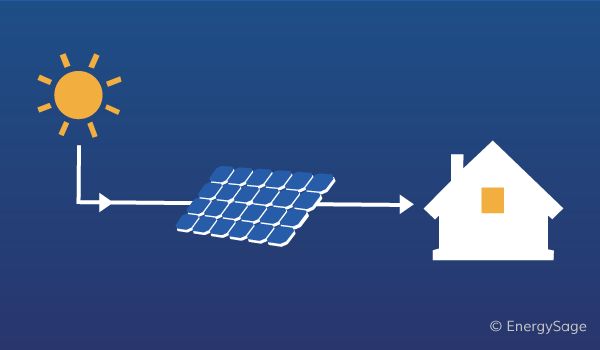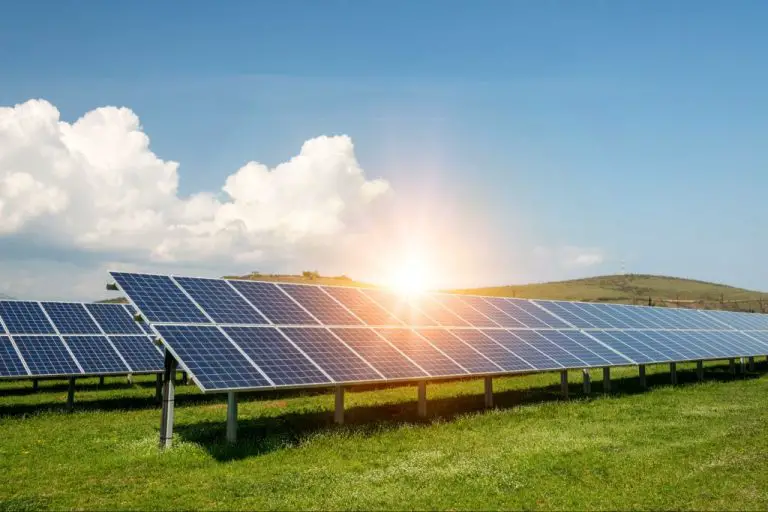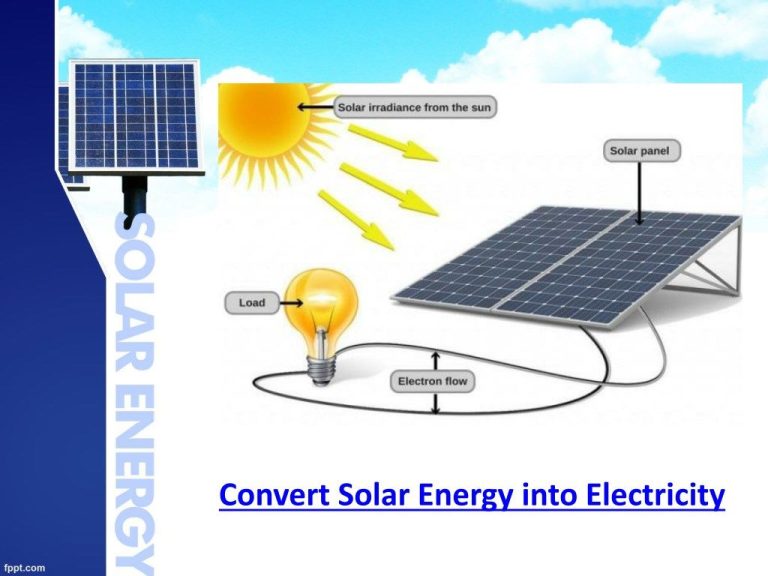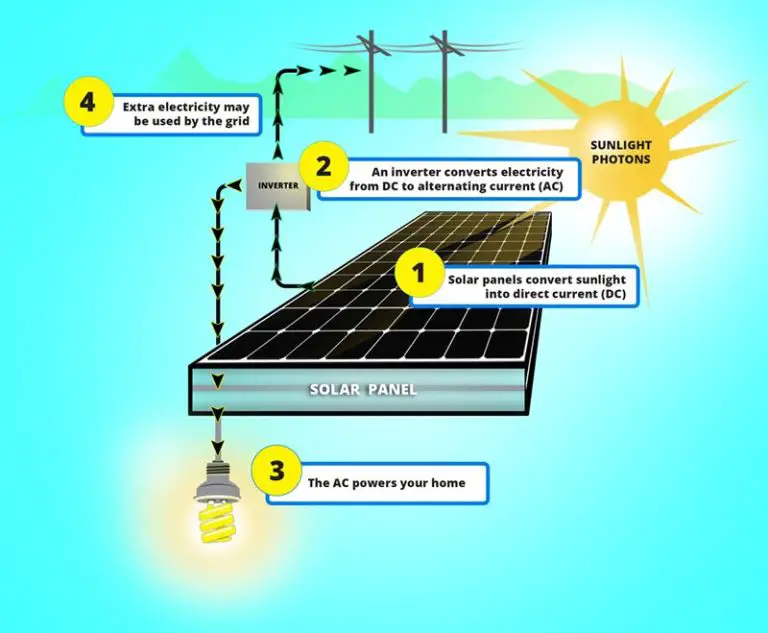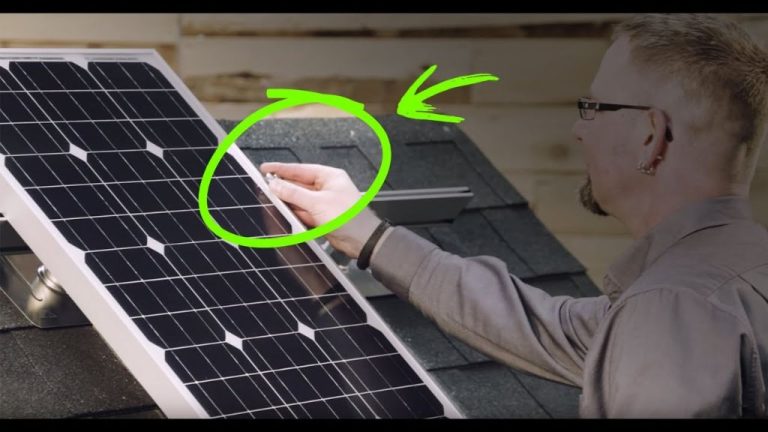How Long Does It Take To Solar Cook Food?
Solar cooking is a method of cooking food using the energy from sunlight. It involves using solar cookers, which are devices designed to harness sunlight and convert it to heat for cooking. Solar cooking has numerous benefits and has been practiced for over 200 years.
The earliest known use of solar cooking dates back to the 1700s, when Swiss scientist Horace-Benedict de Saussure designed a hot box with insulated walls, called the “solar oven”, to demonstrate how the sun’s rays could generate high temperatures. Since then, many different designs for solar cookers have been developed to more efficiently capture and retain heat from the sun.
The key advantage of solar cooking is that it provides a sustainable way to cook without consuming fuels like wood, charcoal, gas or electricity. This makes it very useful for environments with limited fuel resources. Solar energy is renewable and free, and solar cooking produces no greenhouse gas emissions. Solar cookers are also very cost-effective to use once purchased or built.
In many sunny parts of the world, solar cooking is an excellent solution for preparing daily meals without relying on conventional cooking fuels. With a well-designed solar cooker, temperatures high enough to cook most foods can be attained, providing a clean and environmentally responsible cooking method.
Factors That Affect Cooking Time
The type of solar cooker used is one of the biggest factors that affects cooking time. There are three main types of solar cookers:
- Box cookers – Also known as box ovens, these cookers consist of an insulated box with a glass or plastic lid. The food is placed inside the box where it absorbs heat from sunlight entering through the lid. Box cookers can reach temperatures between 200-350°F. Cooking times with box cookers are typically 1-3 hours (Introduction to solar cooking).
- Panel cookers – These cookers use reflective panels to direct sunlight onto a dark cooking pot. The pot absorbs the sunlight and heats the food inside. Panel cookers usually reach lower temperatures of around 200°F and have longer cooking times of 2-6 hours (Solar Cookers – Fsec.ucf.edu).
- Parabolic cookers – Also called reflector cookers, these use a curved reflective dish to focus sunlight into a concentrated beam. The concentrated sunlight can produce very high temperatures, allowing for faster cooking times of 15-60 minutes. However, parabolic cookers require frequent adjustment to track the sun (Types of Solar Cookers).
In general, parabolic cookers cook the fastest while panel cookers take the longest. Box cookers fall in the middle. The type of solar cooker is a key factor in how long it takes to cook food.
Factors That Affect Cooking Time
The most significant factors that affect how long it takes to cook food in a solar oven are the size and type of food being cooked. Smaller pieces of food will cook faster than larger pieces. For example, diced vegetables or cubes of meat will cook more quickly than large roasts or whole chickens (Source). Foods that are already cooked or require less cooking time, like hot dogs, leftovers, and some casseroles will be done faster than foods that require prolonged cooking to become tender, like stews, whole chickens, roasts, etc. Lean meats and fish also tend to cook faster than fatty meats. In terms of vegetables, dense vegetables like potatoes, sweet potatoes, beets and winter squash take longer than quick cooking veggies like tomatoes, zucchini, peppers, and greens.
Factors That Affect Cooking Time
The most important factor that affects how long it takes to cook food in a solar cooker is the amount of sunlight available. According to the University of Central Florida, on a clear and sunny day, a solar cooker can reach temperatures of 250°F or higher [1]. The sun’s rays are strongest and most direct between 11 am and 3 pm [2], allowing a solar cooker to achieve maximum temperature during these peak hours. More available sunlight means the cooker gets hotter and food cooks faster.
Overcast skies, morning and evening hours when sunlight is less intense, and shaded areas will all result in lower temperatures and slower cooking. The University of Florida notes cooking times can vary significantly based on the amount and intensity of sunlight available [2]. Overall, solar cooking requires patience as cooking times will be longer than conventional methods.
Typical Cooking Times
Cooking times can vary greatly depending on conditions, but here are some general time ranges for common foods:
- Rice, pasta, potatoes: 1-2 hours
- Chili, stew, baked beans: 3-5 hours
- Chicken, fish: 2-4 hours
- Roasts: 5-8 hours
- Cakes, breads: 2-3 hours
- Cookies: 1-2 hours
- Eggs: 1-2 hours
- Vegetables: 1-3 hours
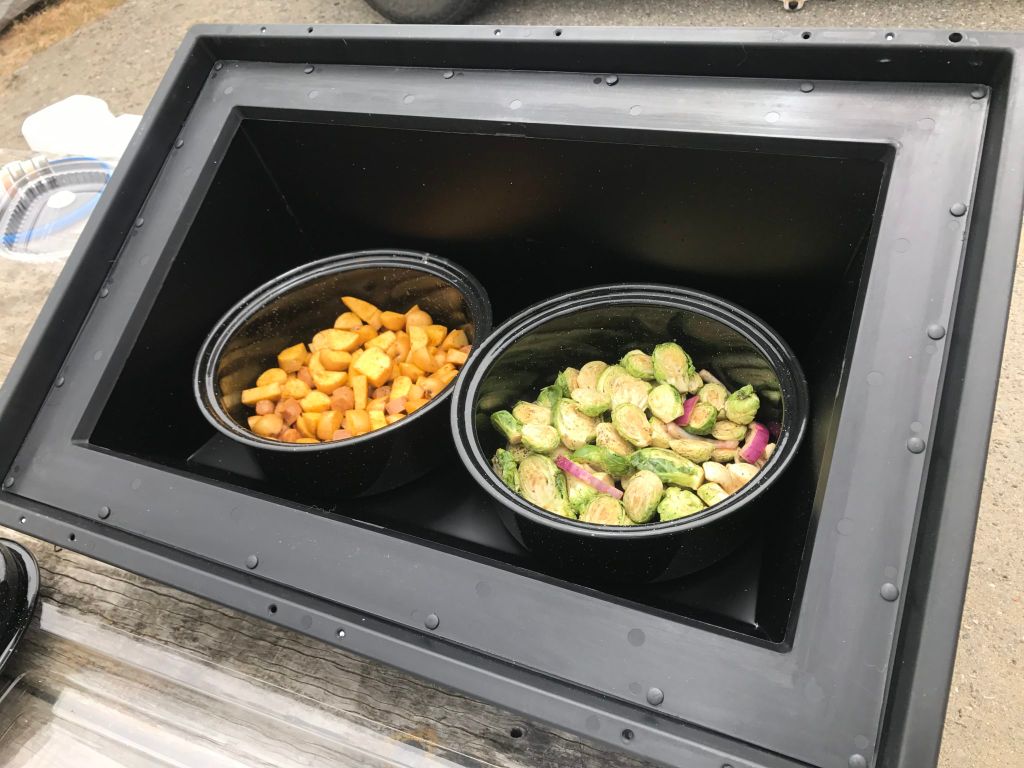
Thinner foods like eggs or vegetables tend to cook faster than denser foods like roasts or breads. Meats, stews and baked goods often take several hours. Plan ahead and start early if cooking a larger meal.
According to SolarCookers.org, most foods can be cooked in a solar oven in 2-4 hours, similar to a crockpot. However, cooking times are highly variable depending on conditions like weather and oven type.
Tips for Efficient Cooking
There are several tips to help solar cook food more efficiently and reduce cooking times:
Preheat the solar cooker before adding food. Allowing the cooker to reach maximum temperature first will help food cook faster once it’s added (https://solarcooking.fandom.com/wiki/Tips_and_tricks).
Use lids on pots and pans to trap heat inside. This will speed up cooking significantly compared to uncovered cookware (https://gosun.co/blogs/news/7-tips-for-solar-cooking).
Cook in smaller batches. Don’t overcrowd the solar cooker, as too much food will prevent proper air circulation and retain heat.
Stir regularly to distribute heat evenly, especially for foods like rice or stew. This prevents cold spots.
Bring food to a boil on a stove first, then transfer to the solar cooker. This gives a head start on cooking.
Chop food into smaller pieces so it cooks faster. Larger pieces take longer to heat through.
Use dark, shallow, thin metal pans that conduct heat well. Avoid glass cookware.
Keep the cooker aimed at the sun and reorient as needed. Maximize exposure to sunlight.
Food Safety
When cooking with a solar oven, it’s important to ensure foods reach safe internal temperatures to kill any harmful bacteria. According to the Solar Cooking Archive, cooked food left between 125°F and 50°F (the “danger zone”) can allow bacteria to multiply rapidly. To prevent foodborne illnesses, the USDA recommends cooking meats like chicken and pork to an internal temperature of at least 165°F. Ground meats like beef, pork, and lamb should reach 160°F. Fish should flake and reach 145°F.
For vegetables, the goal is to soften cell walls and release nutrients. Most vegetables are safe to eat after cooking to 185°F – 190°F. Tougher vegetables like potatoes and carrots may take longer to become tender at these temperatures. It’s best to periodically check doneness with a fork or knife tip. Overcooking vegetables can lead to a loss of flavor, texture, and nutrients.
When using a solar oven, food may take longer to reach safe temperatures compared to conventional ovens. Be sure to monitor cooking progress closely with a food thermometer. Don’t let food remain too long in the “danger zone.” Once done, eat right away or transfer to a cooler until serving.
Additional Benefits
Solar cooking provides several additional benefits beyond just cooking food. Two of the main advantages are environmental and cost savings.
Solar cooking is very eco-friendly since it does not require any electricity or fossil fuels to operate (sailingbritican.com/benefits-of-solar-cooking/). This reduces greenhouse gas emissions and other types of pollution compared to conventional cooking methods. Solar ovens don’t release any smoke or fumes either.
Using the sun’s renewable energy also helps conserve limited resources. Solar cooking is a sustainable way to prepare meals without relying on gas, charcoal, wood, or other fuels.
In terms of cost, solar cooking is very affordable long-term. While there is an upfront investment to purchase a solar oven, the ongoing costs are near zero (science.howstuffworks.com/environmental/green-science/solar-cooking2.htm). There’s no need to continually buy propane, briquettes, or other expendable fuels. The free energy from the sun saves money over time.
Solar ovens are especially economical for people in remote areas without electricity access or extensive fuel transportation infrastructure. Solar cooking minimizes expenses on energy for cooking food.
Limitations of Solar Cooking
While solar cooking has many benefits, it also comes with some limitations to be aware of. Two main limitations are weather dependence and capacity.
Solar cookers rely entirely on sunlight to function. This makes them dependent on clear, sunny weather. Overcast skies or rain can prevent solar cookers from reaching adequate temperatures for cooking. This makes solar cooking inconsistent in some climates. Solar ovens work best in areas that receive high amounts of year-round sunlight.
The capacity of most solar cookers is also quite small. Standard models may only hold 1-2 pots or pans at a time. This allows cooking for small groups of 2-4 people, but larger quantities are challenging. Larger solar oven models exist but come at a higher price. Cooking large batches or meals for big groups is not ideal with basic solar cookers.
While solar cooking has limitations, they can be managed through proper planning, expectations, and selecting the right model for your needs. When these factors are accounted for, solar ovens can still provide an effective renewable cooking solution.
Conclusion
In conclusion, solar cooking can take anywhere from 30 minutes to several hours depending on the food item, amount, cooker design, and environmental conditions. Foods that require longer cook times or higher temperatures may be challenging to prepare solely with solar, but many meals are possible with proper planning. The sun provides a free, renewable source of heat that allows for cooking without electricity or fuel. While solar ovens have limitations and require some adjustments from conventional cooking, they can be a useful tool for many households and provide additional benefits like portability. With smart preparation and realistic expectations, solar cooking allows for the possibility of preparing hot meals without the need for gas, electricity, or firewood.

